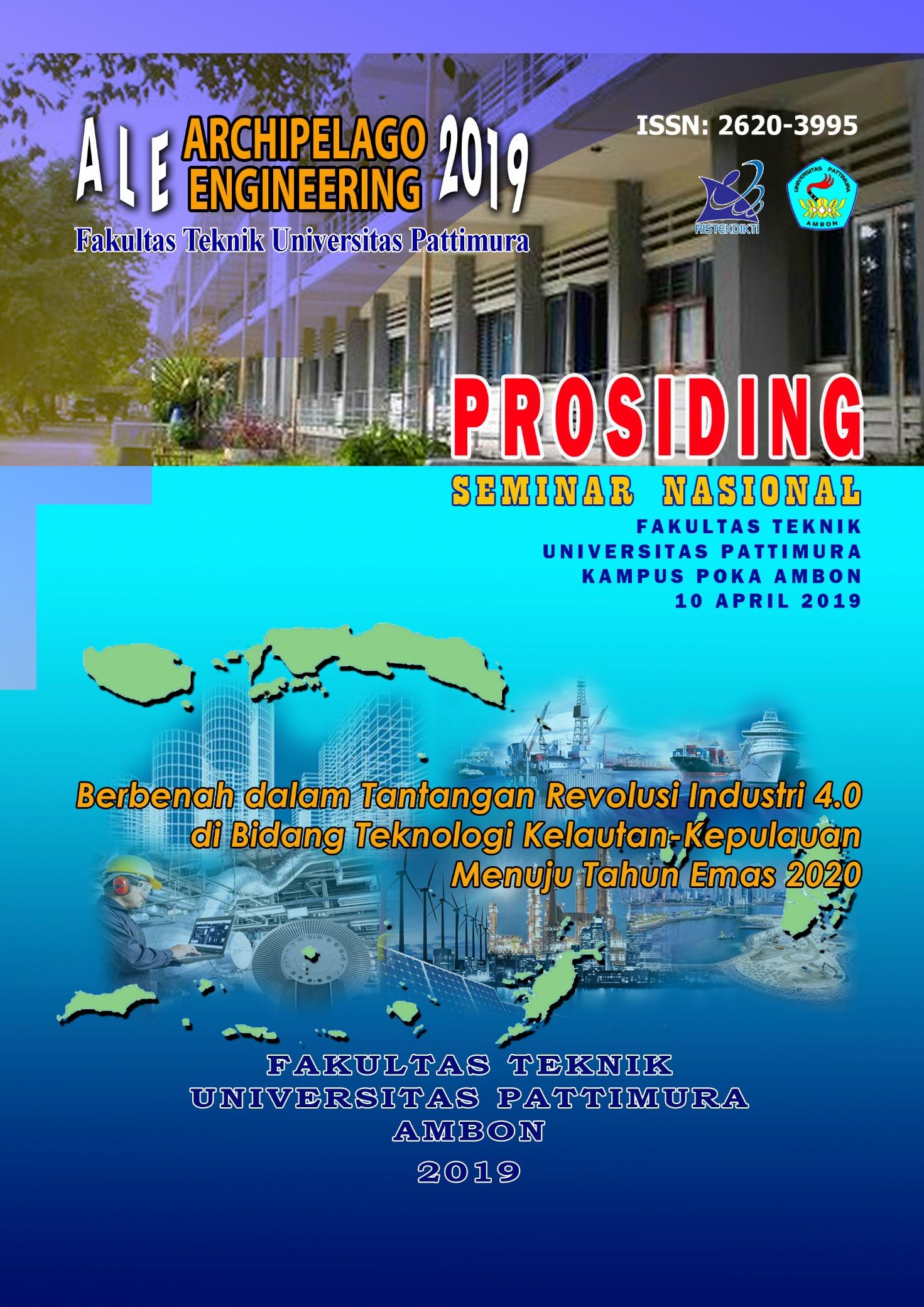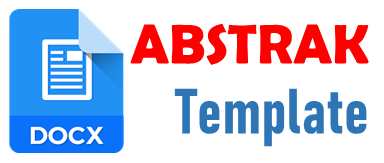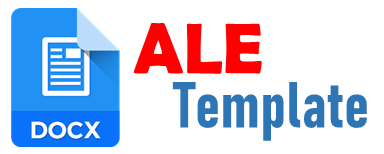TINJAUAN ANALISA KERJA SIGNAL AF DAN RF TERHADAP KINERJA PERALATAN PEMANCAR DAN PENERIMA STASIUN RADIO PANTAI DISTRIK NAVIGASI AMBON
Abstract
Perkembangan teknologi modern sekarang ini, kenavigasiaan terus mengadakan evaluasi terhadap sarana telekomunikasi pelayaran yang disesuaikan dengan kemajuan teknologi. Peralatan pesawat radio yang digunakan, diisyaratkan untuk menggunakan Global Maritime Distress and Safety System (GMDSS). GMDSS adalah suatu paket keselamatan yang disetujui secara Internasional dan terdiri dari prosedur keselamatan, jenis-jenis peralatan, protocolprotokol
komunikasi yang dipakai untuk meningkatkan keselamatan dan mempermudah saat penyelamatan kapal, perahu, ataupun pesawat terbang yang mengalami kecelakaan. Kapal laut sangat disarankan memakai radio VHF Digital Selective Calling (DSC). Kapal-kapal yang memiliki bobot mati antara 300-500 GT disarankan tapi tidak diwajibkan untuk menggunakan GMDSS, namun kapal-kapal diatas 500 GT diwajibkan menggunakan peralatan yang mendukung GMDSS.
Dalam kenyataan sehari-hari, proses penerimaan ataupun pengiriman informasih, sering menjadi terganggu dengan waktu delay atau kurang responsnya peralatan system GMDSS. Secara teknis kurang responsnya system GMDSS antara Transmitter dan Receiver itu berarti kurang respon signal AF dan RF yang dipekerjakan didalam peralatan system dimaksud. Signal AF maupun RF bekerja tidak kelihatan karena menggunakan media perantara udara, yang dipengaruhi oleh kondisi kelembaman akibat perbedaan cuaca. Dari penelitian yang dilakukan dengan sampel yang mewakili (3) tiga kondisi yakni, Cuaca Panas, mendung dan Hujan, diperoleh hasil bahwa: untuk kondisi cuaca mendung atau hujan dengan temperature rata-rata 260 C, diperoleh time delay 7,5 detik sementara untuk cuaca panas dengan temperature rata-rata 31,120 C, time delay sebesar 4,404 detik. Perbedaan cuaca inilah yang mempengaruhi kinerja system navigasi yang menggunakan Frekuenzi AF dan RF.
Downloads
References
Aswoyo, Budi. (2006), Antena Dan Propagasi. Surabaya: Institut Teknologi Sepuluh November.
Bruce R. Elbert (2004), The Satellite Communication Application Handbook, Artech House.Inc, Boston London
Conrad Dixon (1992), Simple Navigation, Ashford, Buchan & Enright, Publishers Leatherhead, Great Britain.
Constantine A. Balanis (1997), Antenna Theory, Jhon Wiley & Sons.Inc, New York, Chicherter, Brisbane, Toronto, Singapore.
David Burch (1986), Emergency, Navigation, Airlife Publishing Ltd, England John D, Kraus.1988. Antennas: Series In Electrical Engineering, 2th Edition. New York: Mcgraw-Hill.
John Watney (1992), Boat Electrics, David & Charles, Great Britain
Joseph N. Pelton, Robert J. Oslund, Peter Marshall (2004), Communications Satellites Global Change Argents, Lawrence Erlbaum Associates, Publishers, Mahwah, New Jersey London.
JRC/TCC Joint Venture (June 2009), Pelatihan Sistem Gmdss, Directorate General Of Sea Trasportation Maritime Telecommunication System Development Project (IV).
Reed, Dana G, Dkk (Eds). (2004), The Arrl Handbook: For Radio Communication. 82nd Edition. Newington: The ARRL, Inc.
An author who publishes in the ALE Proceeding agrees to the following terms:
- Author retains the copyright and grants ALE Proceeding the right of first publication of the work simultaneously licensed under the Creative Commons Attribution-ShareAlike 4.0 License that allows others to share the work with an acknowledgment of the work's authorship and initial publication in this journal.
- Author is able to enter into separate, additional contractual arrangements for the non-exclusive distribution of the journal's published version of the work (e.g., post it to an institutional repository or publish it in a book) with the acknowledgment of its initial publication in this journal.
- Author is permitted and encouraged to post his/her work online (e.g., in institutional repositories or on their website) prior to and during the submission process, as it can lead to productive exchanges, as well as earlier and greater citation of the published work (See The Effect of Open Access).
Read more about the Creative Commons Attribution-ShareAlike 4.0 Licence here: https://creativecommons.org/licenses/by-sa/4.0/.






